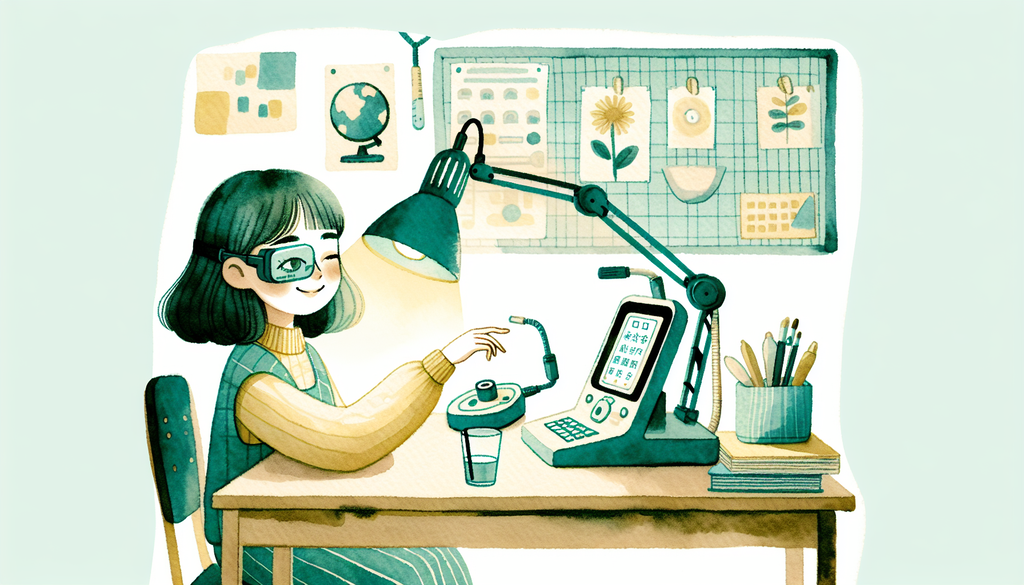Assistive Devices and Technology for Visual Impairments in Education

Education today is far more inclusive than it ever has been. Schools and parents alike are taking strides to ensure that every child has equal access to education, regardless of their abilities or impairments. Technology plays an instrumental role in this endeavor. For children with visual impairments, various assistive devices and technology can levy the playing field, enabling them to learn as independently as their peers.
This post aims to provide insights into some of these technological resources to help parents and caregivers make informed choices that will best serve their child’s specific needs.
Assistive Devices for Visual Impairment
Assistive devices for visually impaired students aim to facilitate the independent acquisition of information that would usually require sight. From Braille devices to tactile graphics, these resources provide alternative ways for visually impaired students to interact with text and images.
Braille Devices
Braille devices (or Braille note takers) are portable, featuring a Braille keyboard for input and a refreshable Braille display for output. The versatility of these devices allows visually impaired students to jot down notes, read books, and more. They also enable connectivity with other devices like computers and smartphones, making information sharing seamless.
Tech to the Rescue: The Best Apps for Special Education features more resources, including applications, to aid learning for special needs children.
Talking Calculators
Mathematics can be a challenge for visually impaired students when presented in traditional formats. Talking calculitors offer an excellent solution. As the name suggests, these calculators vocalize the keys pressed and the answers, making math much more accessible.
Understanding Dyscalculia: Supporting Children with Math Difficulties provides more insights on supporting children who struggle with math.
Tactile Graphics
Tactile graphics are graphical images represented by raised surfaces. It allows visually impaired students to feel pictures, diagrams, maps, etc., aiding them to understand concepts that would typically be learned visually.
Assistive Technologies
Assistive technologies range from specialized software to devices designed to enhance the learning experience of visually impaired students.
Screen Readers
Screen readers are software applications that convert digital text into synthesized speech or Braille (when paired with a Braille display). This tool is beneficial for browsng the internet, going through social media, and reading digital books.
Electronic Magnifiers
These devices magnify text and images on paper, enabling visually impaired students to read print materials with ease. Some types also feature an option to convert text to speech.
Advancing with Assistive Technology: Tools for Special Education presents an overview of various assistive technologies employed in special education.
Conclusion
Embracing assistive devices and technology for visual impairments brings us one step closer to an inclusive educational environment. It is pivotal for parents and educators to stay informed about these resources to offer the best possible support for visually impaired students.
In the spirit of inclusion, the following posts are recommended reads: Inclusive Recreation: Designing Play Spaces for All Abilities, Easing Into Education: Transitional Strategies for Special Needs Kids, and Transitioning to Adulthood: Preparing Your Special Needs Teen.